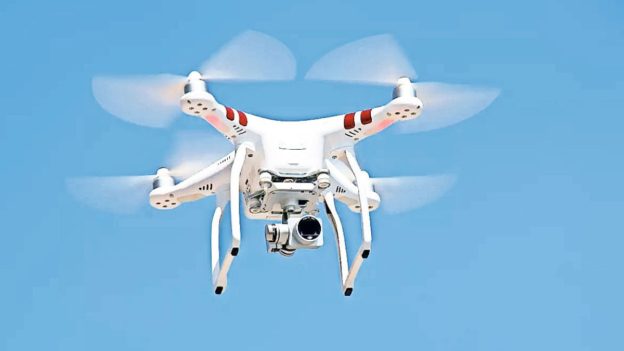With a clear focus on capital expenditure, technology, developing skilled and young workforce and inclusive development, Budget 2023 has set a positive tone for a sustained high-growth trajectory to meet India’s $5 trillion economy goal. It does a fine job of balancing both the strategic and the tactical intent.
The middle class stands to benefit from the reduction in tax slab (should they opt for the new regime), thus ensuring more money in their hands which is bound to stimulate demand and drive consumption. The discretionary income as a result of this will have a positive impact on the consumer durable industry.
The indirect tax proposals aimed at boosting exports, encouraging domestic manufacturing, enhancing domestic value addition, boosting green energy and mobility augurs well for overall development. India is among the youngest countries in the world in terms of its population. The PM Kaushal Vikas Yojana 4.0 will skill lakhs of youth in areas such as artificial intelligence (AI), robotics, mechatronics and drones to prepare them for jobs of the future in an increasingly complex and competitive world.
We are seeing the ‘Make in India’ vision in a new avatar with the proposed centres of excellence to create a strong AI ecosystem in India. Three centres will be set up in association with industry partners to develop new-age applications in the fields of agriculture, health and sustainable cities. This will foster much-needed collaboration between industry and academia to catalyse innovation and growth in technology. The decision to start 100 labs for developing applications using 5G services with focus on business models and employment potential will not only help diverse sectors but also unlock new user experience around 5G and drive enterprise use cases. Similarly, a significant outlay of `35,000 crore for energy transition to concessions on equipment for Lithium Ion cells were made. The increased impetus on energy transition also focuses on stationary storage of large applications. It aims at viability gap funding for large applications in stationary storages which will in turn help boost the electric mobility space.
Last but not the least, reduction in basic customs duty to reduce input costs for inputs/parts of certain electronic items like TV, camera lens, lithium ion batteries, will definitely improve the feasibility for enhancing backward integration and subsequently enable manufacturing of open cell in India. However, the impact on manufacturing costs due to reduction of duty from 5% to 2.5% for certain components of open cells is unlikely to be much.
The consumer durables industry is poised to grow but the penetration of home appliances continues to be a challenge. With rise in discretionary income, the industry is hopeful that sales of appliances such as 40- to 50- inch televisions, connected range of air conditioners, washing machines and refrigerators, will go up.
https://www.financialexpress.com/economy/budget-2023-making-make-in-india-happen/2972140/





